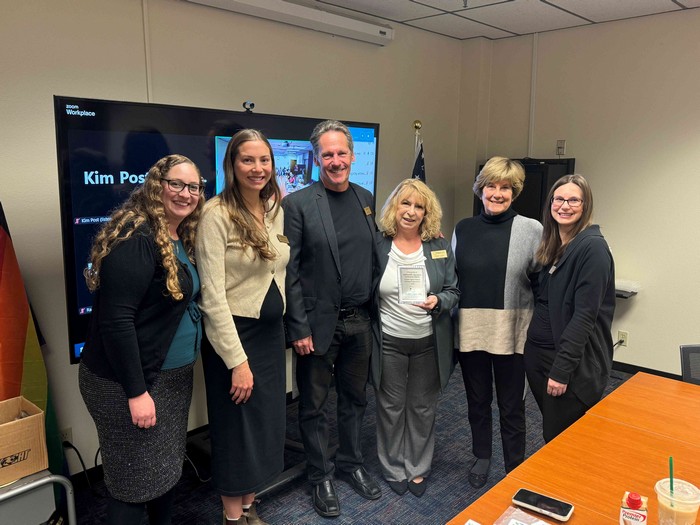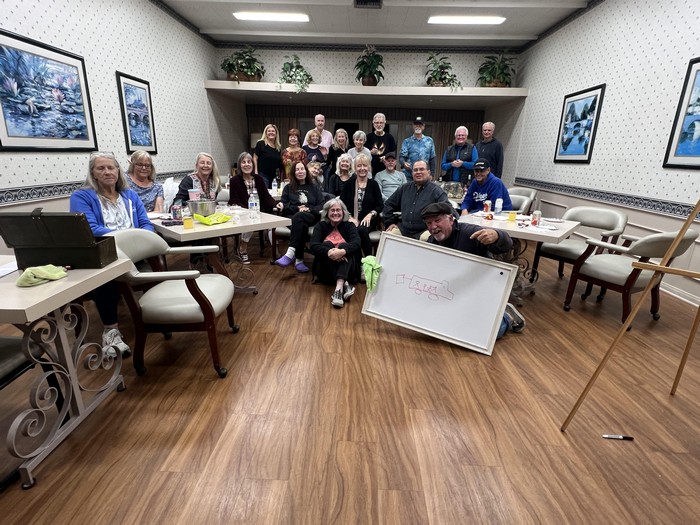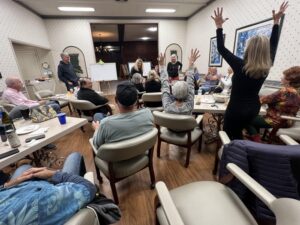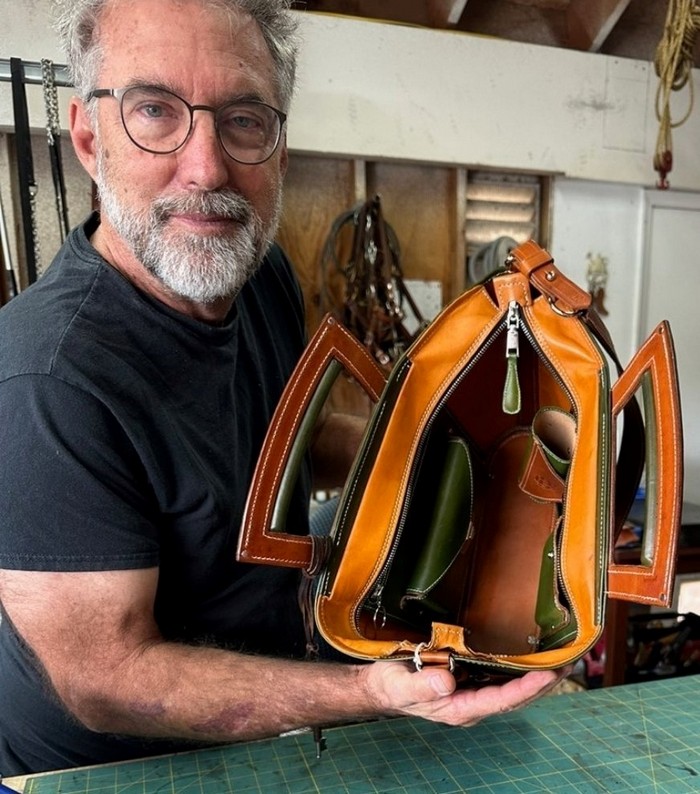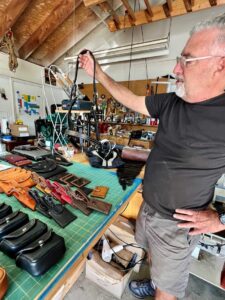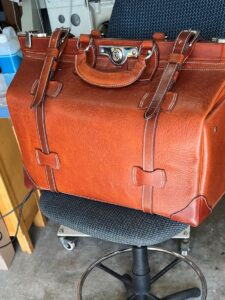by Leslie Sokol

Holidays mean fun activities to look forward to and time with family and friends. The holidays are usually a wonderful time for all ages, but they are an especially important time for seniors. Festive social interactions, where friends or family come together to celebrate together, do wonders for mental health and keep feelings of loneliness and isolation at bay. Time with others is critical at all stages in our lives but as we age, the holidays provide opportunities to reflect on our lives, share our experiences with loved ones and create new memories that will bring us joy throughout the year.
Suggestions for Making the Holidays Cheerful and Joyous
Share memories and traditions with the younger generations. Reuniting with children, grandchildren and great-grandchildren is a wonderful bonding opportunity. Some fun activities you can do together include driving around town and enjoying holiday lights and decorations, cooking and sharing a meal together, singing holiday and Christmas carols, looking through family albums, doing arts and craft projects, and watching holiday movies. All of these are great ideas for lifting spirits and sharing joyous times with loved ones!
Take time to reflect and look ahead. The holidays are a great time to think about the year that has just passed. Seniors can be very busy later in life or get lost in retirement. Make this holiday season a time to take a break, slow down, and reflect on what has happened during the year and begin to make plans that excite you for the upcoming year.
Reconnect spiritually with yourself and others. The holidays are a wonderful time to reconnect with your faith. Many families incorporate a religious or spiritual element into their holiday celebrations. This might be a great time to give thanks for all of the many blessings in your life.
Give back and help your community. Many seniors are involved in volunteer activities during the holidays. From caroling to coat drives, there are many opportunities to serve others less fortunate and in need. Volunteering is important because it provides you with a sense of purpose and allows you to be active and utilize your talents and abilities.
Stay active. During the hustle and bustle of the holiday season, it’s easy to feel drained and fatigued with all the preparations and added activities that come with this time of year. One of the best ways to manage the holiday season is to incorporate exercise into your daily routine. It will keep your energy levels soaring during this festive time. Regular physical activity is not only good for you, but it also gives you more stamina to get things done. Whether it’s a brisk morning walk, a quick workout, or a fun activity, you will reap the benefits throughout the whole day.
In my For the Young at Heart dance and fitness classes, which are specifically designed for seniors, I like to keep everyone’s spirits high and get fully engaged, especially during the holiday season. We begin with upper body exercises, calisthenics, stretches, and basic combinations with our arms and legs. Lively, festive and popular holiday music motivates us to do Jazzy dance steps and routines. Dancing with others is a great way to focus on your health while having fun and socializing with others. So, grab your partner and friends, head out on the dance floor and get your body and spirit moving to the beat. May your holiday season be joyous and full of health and happiness!
About the Author
Leslie Sokol is the creator and founder of the adult dance and fitness program For the Young at Heart. She has been teaching adults and children for forty-five years. You can watch For the Young at Heart by visiting her YouTube Channel or on TVSB. She also teaches in retirement communities throughout Santa Barbara and Ventura Counties. For more information, please contact Leslie at [email protected], by calling 805-312-8089 or by visiting her website: www.LeslieSokolsDance.com.

